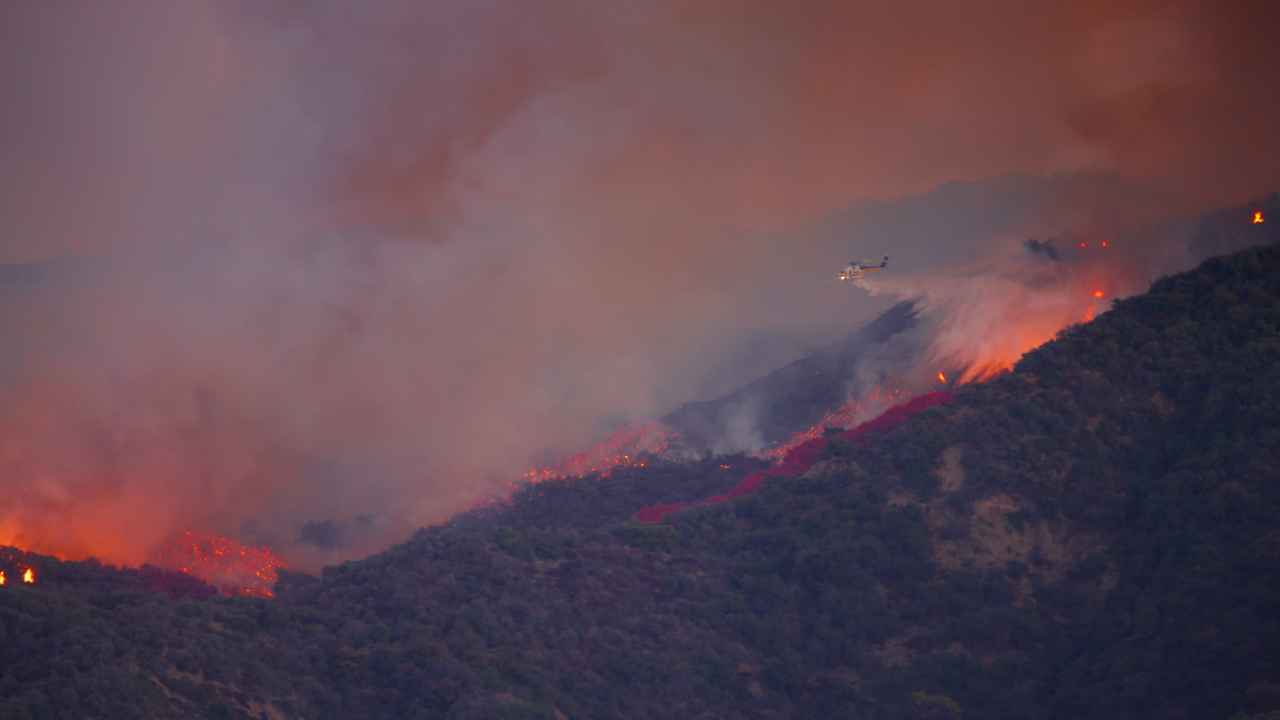Natural Disasters Cause US$131 Billion in Losses in First Half of 2025: Munich Re

Natural disasters across the globe have caused an estimated US$131 billion in overall losses in the first half of 2025, according to data compiled by Munich Re. While slightly lower than the inflation-adjusted US$155 billion recorded in the same period last year, this figure remains significantly higher than both the ten-year and thirty-year averages. Of the total losses this year, nearly US$80 billion were insured, making it the second-highest insured loss figure for the first half of any year since 1980.
Wildfires in the United States, particularly in California, and a deadly earthquake in Myanmar were the most impactful events during this period.
California Wildfires: Most Expensive in History
In January 2025, massive wildfires swept across the greater Los Angeles area, becoming the costliest natural disaster of the year so far. Despite occurring in winter, a time typically associated with rainfall in Southern California, the fires were intensified by a combination of prolonged drought, an overgrowth of dried vegetation, and powerful Santa Ana winds. These factors created an ideal environment for the fires to spread uncontrollably.
The catastrophe resulted in estimated economic losses of US$53 billion, with approximately US$40 billion insured — the highest recorded losses from any wildfire event in history. The fires claimed 29 lives and destroyed thousands of properties, outpacing even the worst wildfire events recorded in 2018.
Myanmar Earthquake: Humanitarian and Economic Devastation
On March 28, a powerful 7.7-magnitude earthquake struck central Myanmar, marking one of the most severe humanitarian disasters of 2025. The quake, which originated near the densely populated cities of Sagaing and Mandalay, resulted in the deaths of an estimated 4,500 people. Infrastructure was heavily damaged, and the total economic loss has been estimated at US$12 billion.
Despite the extensive destruction, only a fraction of these losses were covered by insurance, underscoring the lack of insurance penetration in earthquake-prone regions. The Sagaing Fault, which runs through Myanmar, is known for its high seismic activity. Tremors were felt as far away as Bangkok, Thailand, where damage was reported due to the amplification of seismic waves in the city’s deep alluvial soils.
Global Trends and Climate Concerns
Overall, weather-related disasters accounted for 88% of the global losses and 98% of the insured losses in the first half of 2025. Earthquake-related losses made up the remaining share. Insured losses during this period were notably high — second only to the first half of 2011, when Japan experienced the devastating Tōhoku earthquake and tsunami.
The trend aligns with the growing body of scientific research linking climate change to an increased frequency and intensity of extreme weather events. The first six months of 2025 have also been marked by exceptionally high global temperatures, averaging 1.4°C above pre-industrial levels — the second warmest start to a year since reliable records began.
